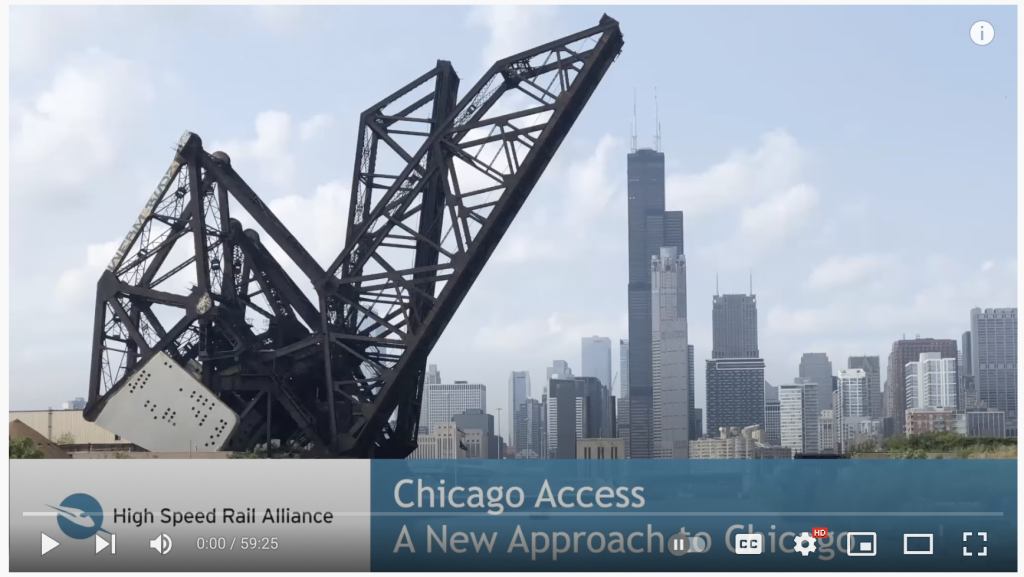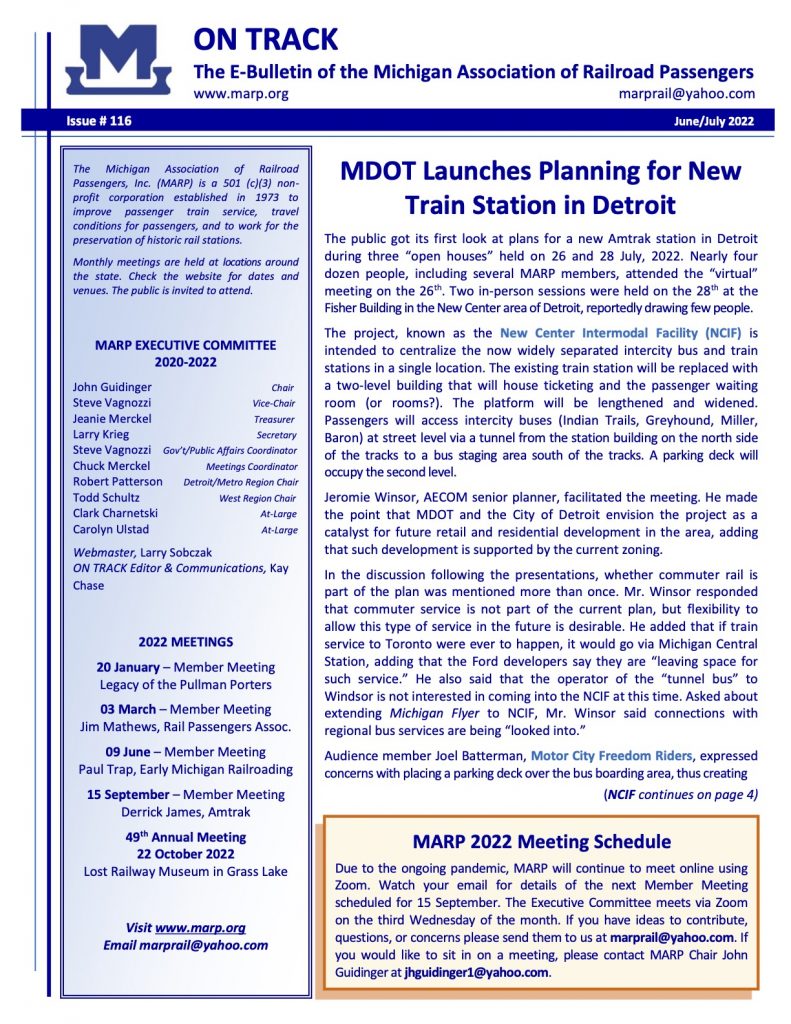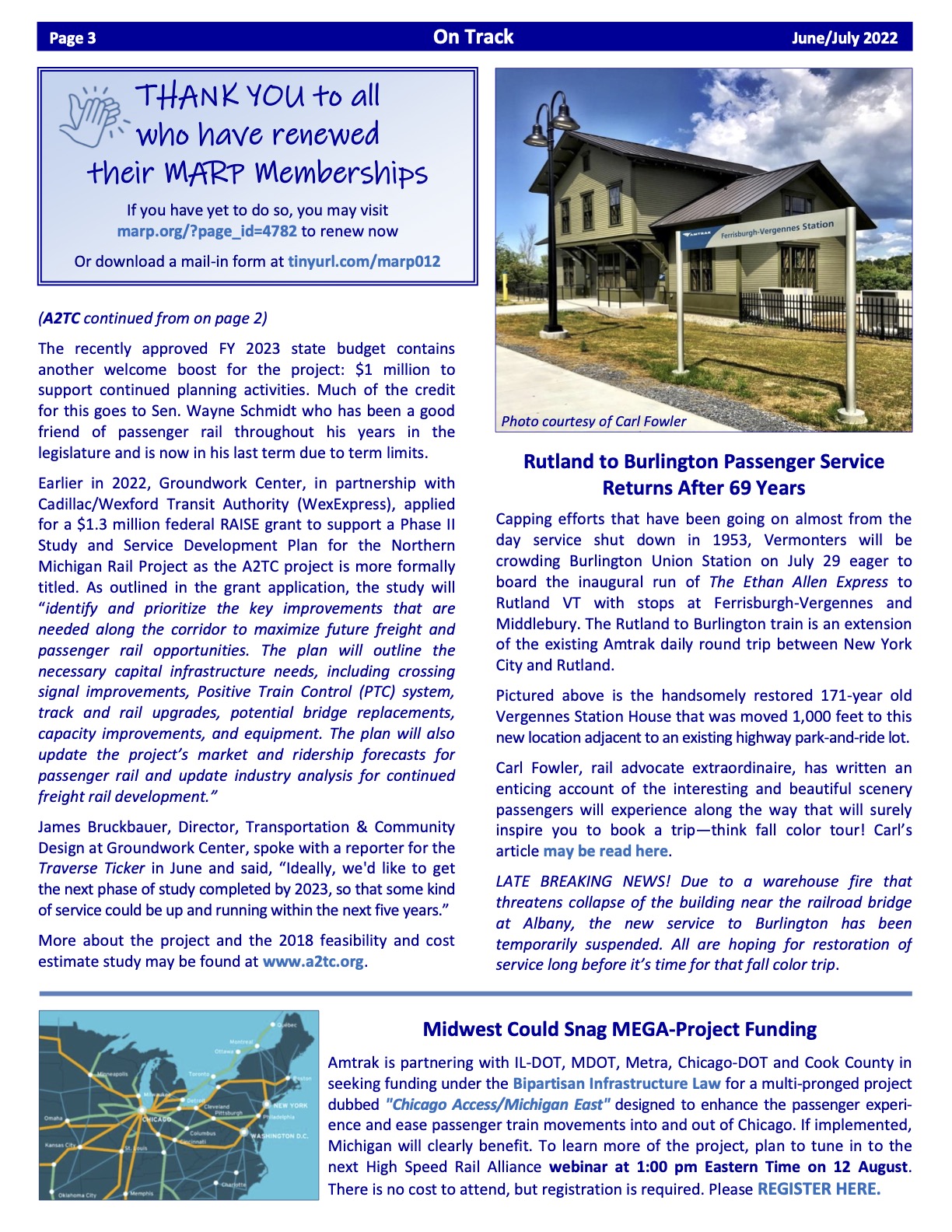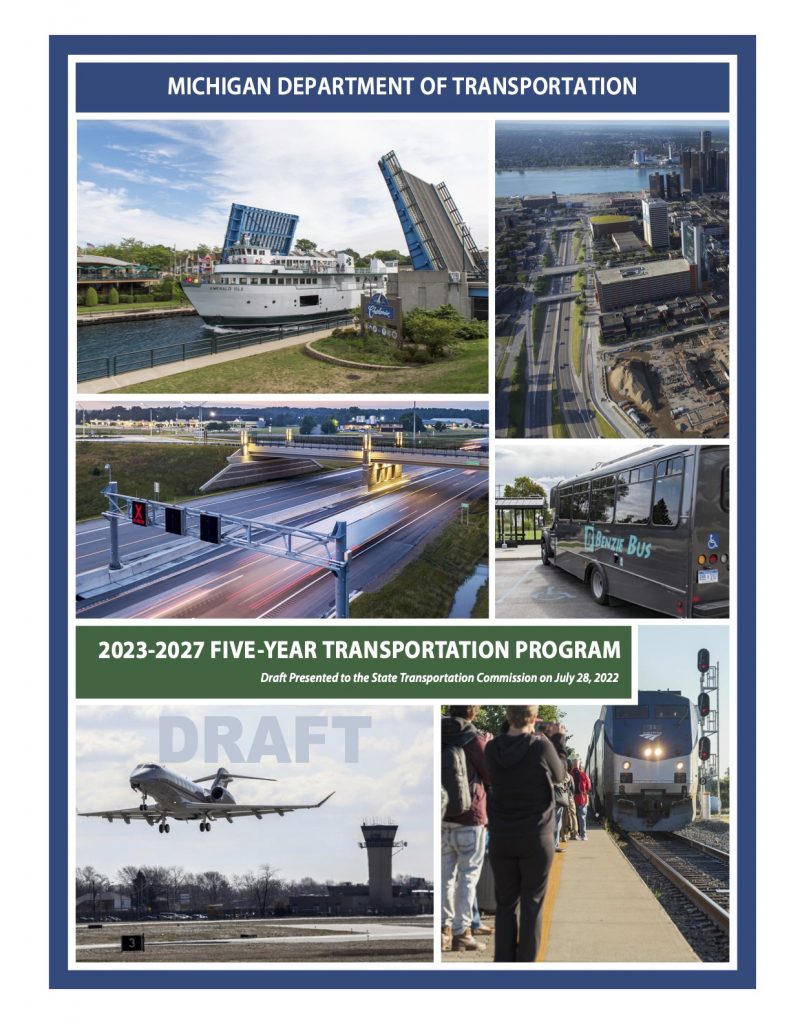The effort to connect people and businesses in northern Michigan to the rest of the state and country with modern passenger train service reached a huge milestone recently with new funding through state and federal agencies.
In July, Michigan state lawmakers, led by northern Michigan’s Senator Wayne Schmidt, included $1
million to advance the northern Michigan passenger rail Phase II planning study in the State of Michigan’s 2023 Labor and Economic Opportunity budget.
Then, just last week, U.S. Secretary of Transportation Pete Buttigieg announced that the U.S. Department of Transportation would support the Phase II study by providing the remaining $1.3 million through the Rebuilding American Infrastructure with Sustainability and Equity (RAISE) grant program.
The grant was awarded to the Cadillac/Wexford Transit Authority, which will work in partnership with Groundwork and a team of partners to complete the planning study.
The boost of new funding is a major milestone in the long-term effort to bring passenger rail service—and related economic development—to towns all along the north-south route and give families and workers a safe, environmentally friendly way to travel throughout the state while also reducing cars on our highways.
This planning study builds on work completed over the past several years to restore passenger service to the Traverse City area. In 2018, Groundwork and many other partners completed an initial feasibility study that explored what it would take to get trains up and running along an active state-owned railroad corridor that runs from southeast Michigan to the Traverse City and Petoskey areas.
The study showed that the proposed service is economically viable, and since the study’s release, the state has been improving the tracks for freight and potential future passenger service. In 2019 and 2021, state lawmakers approved funding to repair tracks near Traverse City. Then, in 2022, the Michigan Department of Transportation was awarded a $21 million federal railroad grant to repair tracks just north of Ann Arbor.
The next stage planning study would identify and prioritize improvements needed along the corridor to maximize freight and passenger opportunities, which could include crossing signal and track upgrades, safety technology, potential bridge replacements, community-specific station needs, and equipment.
The Phase II study will also develop a business plan for passenger service—updating the project’s market and ridership forecasts and laying out the stations and schedule of service. The study’s result will be a vision and plan for how the service will work. The study team will also look at changes in supply chains, so that Michigan businesses along the route can have more efficient and affordable shipping connections to the rest of the world.
Public engagement will be an essential part of the planning process, and the study will offer a great opportunity for residents and travelers in communities on the route to shape future train service they want to see and use. Over the next year or so, we will conduct surveys and hold events all along the line to get your feedback. Towns on the railroad include Petoskey, Kalkaska, Traverse City, Kingsley, Cadillac, Clare, Mt. Pleasant, Alma, Owosso, Durand, Howell, Ann Arbor, and a potential route to Detroit.
Getting a 240-mile train line up and running is no small task. There are many environmental standards, safety regulations, and engineering guidelines that must be followed to make the project a reality. The next 18 months are crucial to the project, and we’re hopeful this will lead to the beginning stages of service within five years.
Stay tuned for more info and look for ways you can get involved.








